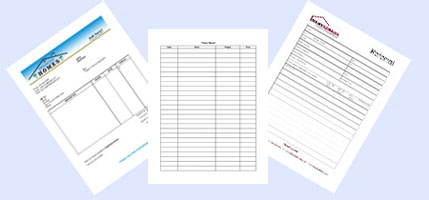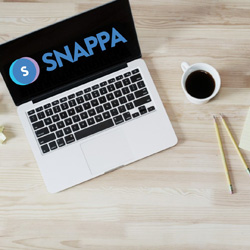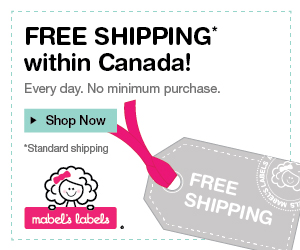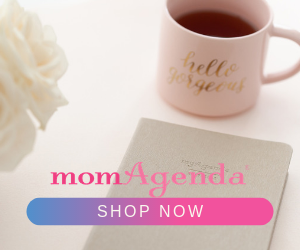Checklists and Contracts and Agreements – Oh my!
This page may contain links to Amazon.com or other sites from which I may receive commission on purchases you make after clicking on such links. Read my full Disclosure Policy

It’s amazing how many different forms you need in order to operate a professional organizing business! Some are just for your own use, such as client information sheets, assessment forms, and checklists. Others, such as invoices and letters of agreement, communicate important information to your clients.
Any forms you’ll be using with clients must be completely error-free, easy to read, and reflect your professional image. This isn’t quite as critical for those that are for internal use only, but you will still need them to be well-designed so they are easy for you to follow and so you’re not stumbling over your words when you’re speaking to your clients.

It will be easier for you to develop an appropriate organizing plan for each of your clients by having a set of standard questions that you ask, whether this is done in person or over the telephone. Figuring out just what those questions should be can be a real challenge when you’re just starting out in your business and don’t really know what things are important to ask about. Writing up your first agreement can also be difficult, because until you’ve run into situations such as client cancellations, you may not think of addressing them in your contract.
Fortunately, a lot of seasoned organizers have made their expertise available to you, so you don’t have to learn by trial and error. Here are a few resources that I recommend:
- Lisa Montanaro applied her expertise as a lawyer and a professional organizer to develop a comprehensive Client Agreement Template for Professional Organizers which you can customize to meet the needs of your business.
- Maria Gracia’s Ultimate Guide For Professional Organizers includes a collection of fill-in forms which you can copy and use. The Ultimate Guide is available in either PDF or print format.
- If you’re handy with a word processor, you can create your own forms following the guidelines provided in Anne Blumer’s guide for professional organizers, Get Rich Organizing or the updated version, Mastering the Business of Organizing.
- Sara Pedersen offers a set of five essential client forms, including a Client Phone Intake Form, Client Service Agreement Form, Client Assessment Form, Client Action Plan Form, and Client Feedback Survey Form
Although not specific to organizing, Coach Glue offers a free New Client Kit of 17 popular forms, including an intake form, client invoice, agreement, confidentiality agreement, and much more.
Here’s a question for the experienced organizers: what forms do you use most often in your business?
Join the Community
Did you find this post helpful?
Sign up to get new posts by email every week!










I wish that this information had been available when I started in the organizing business over 10 years ago. It would have made life and business so much easier.
Heather, there are sometimes drawbacks to being a forerunner in your industry! Although there are a lot more tools and resources available now, people don’t always know what to look for or where to look – which is one of the reasons I started this blog.
Great post! I’ve created all my own forms but got lost in the weeds when attempting to create my action plan. I need to invest in one just so I can see what my competitors are supplYing to their clients. I don’t want to have too little (wasted investment) or too much information (potentially overwhelming the client). I’ll be clicking through these links for sure.
Anne Blumer’s book has a good sample Action Plan, but Sara Pedersen’s form sounds pretty good too!
Hello! Do you have a connection to a sample waiver of liability? Thank you!
Anne Blumer’s book includes Limitation of Liability text to include in an agreement. Is that what you’re looking for, Deven?
If I were starting over, I would definitely explore these templates. I sort of did everything “on the fly,” and this would have been better. NAPO has a New Member Kit which is helpful to new organizers. It includes some templates for various aspects of organizing, and is a benefit of membership for sure.
That’s a great benefit for new members. I got my initial forms as part of a Become a Professional Organizer course I took (in 2002) and they were so helpful!
How do you track details on the job of what was done, cost, left to do. Often you need to fall back on research or continue a project. There doesn’t seem to be a one form solution unless I am overthinking it and just use excel? Template suggestions please?
Hi Michelle,
Excel could work very well for this, especially if you’re comfortable using it. Or you might want to look into Airtable or Smartsheet, which are similar to spreadsheets but are designed for project management rather than numerical data.